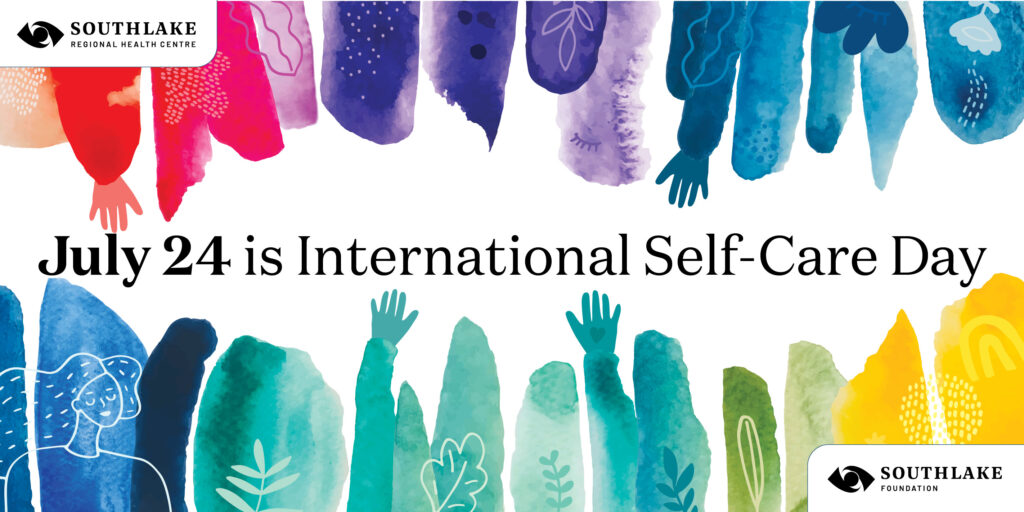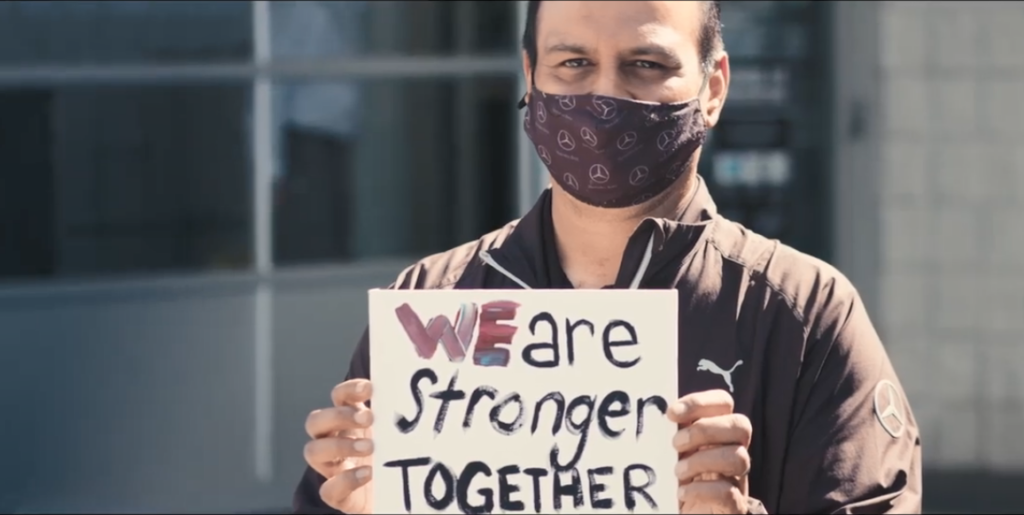Southlake Regional Health Centre in Newmarket is dealing with overcrowding that is putting vulnerable patients at risk, health workers say, with patients sleeping in meeting rooms, and three people squeezed into a room designed for one.
Crayons are the only writing tools you’ll find on the third floor of Southlake Regional Health Centre’s psychiatric intensive-care unit in Newmarket. Patients must sign them out and return them to staff, without exception.
Morning shaves and grooming in the one bathroom require nurses to stand alongside patients who stare into mirrors that don’t shatter. When daily grooming is complete, all toiletries — from toothbrushes to razors — are returned to the nursing station.
In the spartan rooms where gowned residents spend their days — because they aren’t able to go outside — it’s getting crowded. To handle the overflow, a former meeting room has been turned into a makeshift patient room. Some rooms on the floor designed for one patient now have three.
Ontario’s growing mental health demands have strained hospitals such as Southlake in ways health-care workers here haven’t seen before — an overcrowding that is undermining care and failing some of our most vulnerable patients, they say.
The Star recently spent two days at the unit speaking with patients, nurses, administrators and the hospital’s CEO to document the daily realities of life in a mental health unit where more than a decade of financing shortfalls amid increasing need have heightened anxieties for everyone who shares the tight quarters.
Sandra Gauthier-Boudreau arrives dressed impeccably in a black and white suit jacket and skirt. The 51-year-old is embraced by nurses as she makes her way through the hallways. She has been here before — more than 40 times. The admissions have been voluntary, and involuntary.
A corporate law clerk with three daughters and a supportive husband, Gauthier-Boudreau had her life forever changed by a car crash in 2005. It triggered a dive into depression, suicidal thoughts and self-harm.
The back of her hands show the scars from the cutting she has wrestled with for more than a decade.
“I struggled with work and then I struggled with thoughts and then I struggled with daily life,” she says. “At my worst, on a typical day I was in bed 20 hours. Eating was no longer important to me and I lost 80 pounds. I was just barely living and I didn’t really even understand why. I felt I had no purpose. I felt ashamed and guilty that this is what I had become.”
Her deepest guilt was reserved for her daughters, now all in their 20s.
“They were scared. They couldn’t understand what was happening to Mom. They wanted to help. I remember one of my daughters wanting to become a doctor because she saw Mom struggling on a daily basis and she said to me, ‘I’m going to grow up and become a doctor so that I can help make you better.’ That was devastating.”
Gauthier-Boudreau has attempted suicide “many times,” she says. Half of her admissions to the unit were ordered by her doctor for her own protection.
“You open the door (at your house) … and police are there. You kind of wonder where this is going. Until they say, ‘Well, you need to come with us.’ ”
Her longest stay was five weeks last year.
“It feels like you failed again. You think you’re doing OK, and you’re not. You think, ‘Why am I feeling this way? Why can’t I fight this? Why can’t I get any better?’ ”
Today, Gauthier-Boudreau stays ready in case there’s another knock on the door.
“I now have a bag that’s fully prepared ready to go at all times, sadly.”
She has seen the unit from the first day it opened in 2007 with the sheen of promise to today with the crowded single rooms and the therapy rooms turned bedrooms.
Her biggest grievance is lack of privacy — even during consultations with psychiatrists, other patients within earshot — that she says undermines healing.
“It’s not good for our recovery. I come here because I need some calmness, I need to really refocus, regroup,” she says. “It’s hard to do that when you have so many people around all the time … It’s scary to think that I can’t get all the supports that I need at that moment. It’s very scary.”
Southlake Regional Health Centre is a 407-bed regional hospital with emergency room and in-patient care to 1.5 million people across York Region and south Simcoe. The intensive-care mental health unit has a total of nine beds across the hall from an adult in-patient unit with another 19. Every room is full all the time.
Bob, whose last name is being withheld at his request, is flipping through a wildlife magazine and scribbling notes on pages that sit in neat piles on his bed. The arborist stares out the window, offering advice on proper care for the white pines on the hospital property that rise from small patches of black dirt surrounded by concrete, leading towards the hospital’s emergency entrance.
Through that door, the emergency room is a crush of patients, nurses and doctors. In a separate area where patients are assessed, there is little privacy as they meet the on-duty psychiatrists. A security guard keeps watch.
There is no external light. No showers. The goal is to move patients within 22 hours to the third-floor intensive care unit and adult in-patient mental health unit.
It took Andrea two days to make it upstairs — after two nights sitting in the emergency department room.
“It’s a scary place,” says Andrea, whose last name is being withheld by the Star. “It makes you feel worse about yourself and it makes you regret the choice to come.”
Her family member, who also has mental health issues, never made it when he arrived a month earlier. After four days in the emergency department awaiting a bed, he left.
“All he did was lie in the same bed, in a tiny little room, didn’t even have a table or a chair, and stayed there for four days and then was discharged. So to him, it’s ‘I’ll never do that again’ … There was no room up here, and there wouldn’t be for weeks.”
She fears that his experience at Southlake has led to surrender.
“I cried for days over that because now I’m afraid he’s not going to seek help,” she says. “It takes a lot of courage to ask for help.”
On the third-floor intensive care unit, hurried whispers come from the other side of the nursing station as security is called to help a male patient in his 20s who is dehydrated and refusing medication.
Hospital president and CEO Arden Krystal looks on, concerned. She has sons about the same age. Her eyes well up as the patient looks back at her despondently.
“I got into health care to help people. And so I get really deeply impacted by the things I know are a problem,” she says. “This is, of all the (problems), the one I would want to fix. This is the one that keeps me up at night.”
She watches as a group of security guards and nurses forcibly escort the patient to his room and lay him down on his bed to inject him with medications.
“People come into these organizations very, very vulnerable,” she says. “They’re scared, and so some of these fears and vulnerabilities are magnified … We owe it to them to give them the very best we can give them.”
Southlake has among the highest volume of mental health patients and lowest number of in-patient mental health beds in York Region, hospital officials say. In the heart of Newmarket’s booming population, surrounded by nearly 20 group homes and one of the only hospitals in the area offering electroconvulsive therapy, demand is relentless.
Politicians have heard the crisis calls from Southlake and mental health units across the province. And they have made promises to help.
After five years of requesting funding for new mental health beds without approval, the hospital got good news from Ontario’s government only days after the Star visited the hospital in March. As part of a promised $63.4-million investment in York Region hospitals, Southlake would get a dozen new mental health beds under a re-elected Liberal government. (The Liberals have pledged $2.1 billion in additional mental health funding over the next four years.)
Last month, Ontario Tory Leader Doug Ford announced a $1.9-billion envelope over 10 years in mental health, addictions and housing supports.
The provincial NDP, if elected, is committing $1.4 billion over the next four years to mental health services, in part to hire 2,600 mental health-care workers caring for 28,000 more Ontarians every year, including mental health supports for students in every high school.
While some mental health patients at Southlake are crammed three to a room, Andrea’s only roommate is Veronica, a young mother who says she struggles with bipolar, anxiety and attention deficit hyperactivity disorder (ADHD).
On her third day on the unit, Veronica is speaking on the phone with her husband, who has cystic fibrosis, which nearly claimed his life in December.
“He actually said he missed me,” she says, smiling after hanging up the phone. “It is hard because there’s not a lot of people (where) one has the physical illness and the other one has the mental. And then when you’re both sick at the same time with a different issue, it gets frustrating.”
This isn’t Veronica’s first stay at Southlake. She returned, she says, because it offers safety.
“You can find yourself again when you come here. To the outside world … I’m the outcast.”
Aga Dojczewska, Southlake’s manager of mental health, is a nurse who chose this field to help patients suffering with pain “you can’t see.” The care she and her colleagues give those patients isn’t what she would hope, she says.
“I hear from patients that maybe sometimes the care is not the best and I feel for the patients. I feel for the families. It’s not acceptable. We’re here to provide best care and sometimes we’re not there.”
She sees the mental health explosion in Canada as an expression of modern life — the pace of our workloads and responsibilities, the breakdown of traditional families and social supports and growing loneliness of those who find themselves in her unit.
“I think we used to be a village. And I don’t think we’re a village anymore. That’s hard.”
The worst days are when word comes of a patient who takes their own life after being released from the unit, Dojczewska says.
“When we hear about it, it feels like there’s something that we haven’t done. There’s something that we haven’t provided to that could have protected that person. We are here to save lives. It’s impacting everybody whenever that does happen.”


